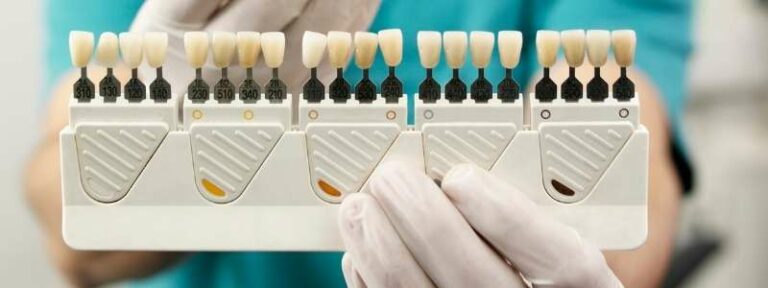Composite veneers are a practical method applied to give an aesthetic appearance to the surface and the teeth. Recovery after Composite Veneers is like the healing process of other dental veneers.
That is, in 1-2 weeks it will completely recover. It is a preferred treatment method for teeth that are usually slightly curved, have a notch on the surface, or show discoloration.
In the application of composite lamina, there is almost no etching from the surface of the tooth. After etching, it is gently rubbed into the surface, bonding is applied.
The main thing for the success of the process is the correct use of materials and their good quality. After the surface etching or roughening process, acid is applied to the surface first, then bond or one-stage acid-bonding is applied.
After this procedure, the necessary area for holding the composite material to the tooth surface is created. When aesthetic composite material is applied to the surface, the patient gets the desired image in accordance with the experience, art and design of the physician.
How long does the pain last after Composite Veneers?
Composite veneers is the process of removing small deformities of the teeth without making cuts from the teeth. It can be used for repairing broken teeth, closing small gaps, lengthening the length of teeth, changing their color. During the application, you will not feel any pain due to local anesthesia.
How is the recovery process after Composite Veneers?
After the construction of composite veneers, the dentist should be visited every 6 months. Thus, the coloration will be minimized with the polish process required for maintenance. Regular dental care accelerates the recovery process after Composite Veneers.
Direct composite veneers are veneers made of composite resin material that are applied directly to your teeth. It does not take too long for a dentist to prepare your teeth for the application of veneers, and the application process is considered minimally invasive.
Your dentist will start the process by cleaning your teeth thoroughly and preparing them for application. Your dentist may have to remove a thin layer of enamel to help the material stick to your teeth.
Sometimes, your teeth do not need to be cut if small changes in shape or color are required. Then the process will be slightly different, depending on whether you take direct or indirect veneer. It is impossible to give a clear time for the life of composite veneers.
Factors such as how much our patients do oral care, how appropriate the conditions under which composite lamina application are performed are being looked at. If the tooth is hit after composite veneer treatment, there is a possibility of fracture.
However, it is possible that it can be repaired after it is broken without the need to repeat the application. The fracture can be corrected in a single session. Composite laminate can be used for quite a long time.
How long does it take to recover after Composite Veneers?
The duration of the procedure depends on the number of teeth to be applied. The first session is a rehearsal called mock-up. Aesthetic expectations are determined, a clean surface is obtained by cleaning the stone.
In the second session, composite lam are completed with a duration ranging from 15 minutes to 1 hour. In the third session, it is checked and the final polishing process is performed. These three sessions can be completed in 3 consecutive days, and there is usually no need to put time together.
Although the recover after Composite Veneers varies according to the application method and the patient’s condition, this is usually completed within 1 month. After the dentist prepares your teeth with indirect veneers, they’ll get a dental mold.
Indirect veneers are produced outside your mouth. When the indirect veneers are ready, the dentist will apply them by etching your teeth and then applying some kind of adhesive material to your teeth. This adhesive or bonding agent will help keep the veneers in place.
Then they will place the composite veneers on your teeth. They will use a light to harden the adhesive and glue the veneers to the teeth. Next, the dentist cleans the edges of the slingshot and polishes everything.
Many people do not need anesthesia during the procedure. But if you do this, then when the anesthesia wears off, you should be ready to return to work or other normal activities.
Reference:
https://www.platinumsmiledental.com.au/how-to-look-after-your-composite-resin-veneers-4-great-tips








